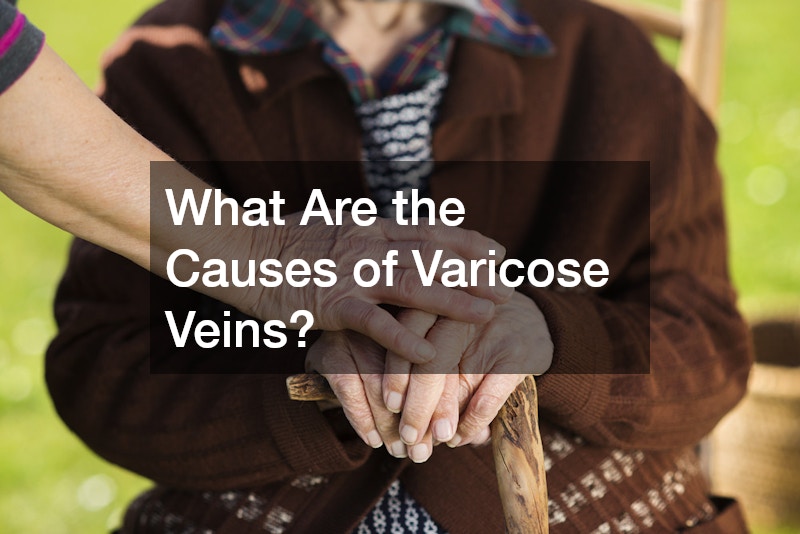Varicose veins are enlarged, twisted veins that usually appear on the legs and feet. While they may be considered a cosmetic issue for some, they can cause discomfort and even lead to more serious health concerns. Understanding the causes of varicose veins is essential to prevent or manage them effectively.
Poor Circulation
One of the primary causes of varicose veins is poor circulation. When blood does not flow efficiently through your veins, it can begin to pool, especially in the lower body.
Veins have valves that prevent blood from flowing backward, but when these valves weaken or become damaged, blood can accumulate, leading to varicose veins. The legs and feet are most commonly affected due to the pressure of standing or sitting for extended periods.
Prolonged Standing or Sitting
Lifestyle habits, such as prolonged standing or sitting, are significant contributors to varicose veins. When you remain in one position for too long, the muscles in your legs are not able to contract and help pump blood back to your heart. This lack of movement causes blood to pool in the veins, creating pressure and eventually leading to varicose veins. Jobs that require long hours of standing or sitting, such as nursing, teaching, or office work, often result in a higher risk of developing varicose veins.
Aging
Aging is another common cause of varicose veins. As we age, the elasticity in our veins diminishes, making it more difficult for them to function properly. The valves in the veins also weaken over time, leading to blood pooling in the lower extremities. This is why varicose veins are more prevalent in older individuals, particularly those over the age of 50.
Genetics
Genetics also play a significant role in the development of varicose veins. If you have a family history of varicose veins, you are more likely to develop them as well. Hereditary factors can influence the strength of your vein walls and valves, making you more prone to the condition. Knowing your family history can help you take preventive measures, such as regular exercise and maintaining a healthy weight, to reduce your risk.
While varicose veins can be uncomfortable, understanding these causes can help you take preventive steps to reduce your risk. Whether through lifestyle changes, maintaining a healthy weight, or being mindful of your family history, it is possible to manage and even prevent varicose veins from becoming a more serious issue.
By knowing the causes of varicose veins, you can take proactive measures to keep your veins healthy and avoid potential complications.
.

